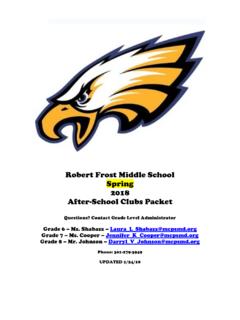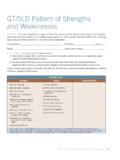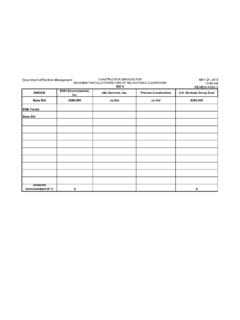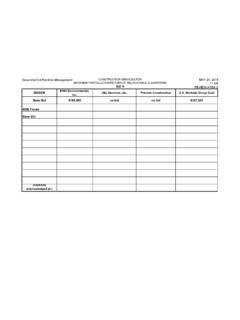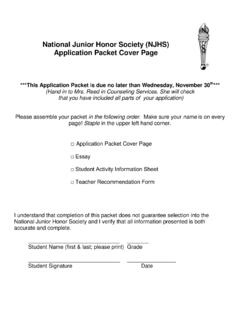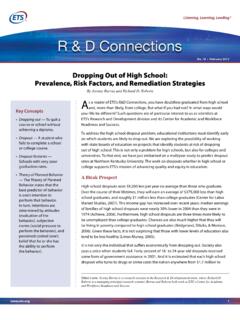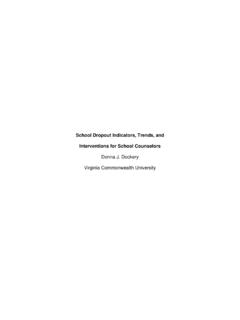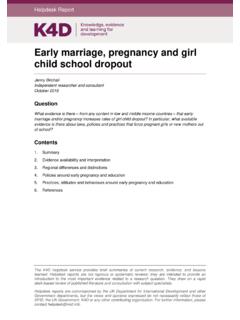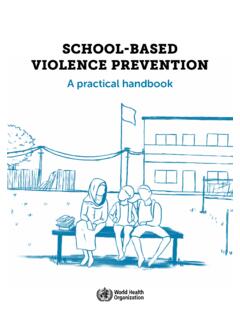Transcription of STRATEGIES FOR WORKING WITH DIVERSE LEARNERS: A …
1 STRATEGIES FOR WORKING WITH DIVERSE LEARNERS: A Research Review Educational research directed at WORKING with DIVERSE learners is replete with studies identifying best practices for closing the achievement gaps that persist by race/ethnicity, socio-economics, language, and disability. Fortunately for practitioners, there is considerable agreement on the practices that improve the academic performance of groups of students who have traditionally demonstrated lower levels of achievement than their white, Asian American, and more affluent peers.
2 These best practices may be categorized into four broad bands of STRATEGIES that include: 1) demonstration of high expectations, 2) implementation of culturally relevant instruction, 3). establishment of caring relationships, and 4) effective parent and community involvement. None of these bands of STRATEGIES is new to the readers of this article and none are quick and easy fixes. Each band is a complex construct that must be considered within the specific cultural and social context of the community and the particular issues that exist in relationship to the achievement disparities in the school .
3 This article will review the four bands of STRATEGIES and provide specific observable and measurable indicators for each one. It is important to note that the indicators cited here are not all-inclusive, but merely a sampling of behaviors and practices that are pervasive in the research. 1) DEMONSTRATION OF high EXPECTATIONS. Expectations are internal processes that arise from our belief systems and values. The research on WORKING with DIVERSE students cites low teacher expectations as a major contributor to the achievement gap.
4 Educators must be willing to explore our beliefs, attitudes, and assumptions that lead to low expectations and accept responsibility for the influence they have on student learning. 1. Students are taught challenging, rigorous curriculum in ways that capitalize on the strengths of their learning style. 2. Students receive praise for their effort to foster motivation to and responsibility for their own learning. 3. Talk in the school reflects the belief that all children can learn to high levels. Children are believed to be at-promise, not at-risk.
5 4. Teachers demonstrate persistence in their efforts to help students meet standards by changing instructional approaches to meet the needs of each student. 5. Teachers provide equitable opportunities for students to respond and participate. 6. Provide ample wait time for thinking and responding. 7. Teachers provide specific and timely feedback to students about their work. 8. Students are asked high -level, open-ended questions that require them to interpret, analyze, synthesize, and evaluate 2) IMPLEMENTATION OF CULTURALLY RELEVANT INSTRUCTION.
6 Shade, Kelly, and Oberg (1997) suggest that culturally responsive instruction is not just the educational soup du jour and can not be dismissed as just good teaching. References to culturally relevant instruction are a mainstay in the research on STRATEGIES for closing the existing achievement gaps by race/ethnicity. Culturally relevant instruction includes: using the language and understandings that students have acquired in their families and communities to bridge the gap between what students know and are able to do and what they need to learn in school .
7 Incorporating the everyday issues and concerns of families and the community into curriculum and instruction. actively engaging students in the learning process. using equitable grouping practices. 1. Cooperative learning Research has consistently endorsed the use of structured cooperative learning as a major strategy for teaching in DIVERSE learning environments. Cooperative learning provides learners with essential opportunities to use language in meaningful, purposeful, and interesting ways, build self-esteem and self-confidence, and develop academic, communication, and social skills.
8 The classroom arrangement facilitates collaborative learning between students. Grouping practices are organized in a variety of ways including mixed academic achievement, interest, language, project, language, and friendship. Small group work is structured to so that students need to be concerned about the learning of all group members as well as themselves. Groups are expected to help and encourage their members to master academic content. Each student in the group is individually accountable for their learning. Explicit collaborative skill instruction occurs regularly and groups consistently process how effectively they work and learn together.
9 2. Capitalize on the funds of knowledge in families and the community school practices often underestimate and disregard what Hispanic students are able to demonstrate intellectually in schools by not recognizing and mobilizing students' funds of knowledge. Funds of knowledge refer to the practical and intellectual knowledge and skills found among the social networks in students' homes and communities. When this knowledge is untapped and used to plan and deliver instruction, it becomes a social and intellectual resource for teachers.
10 school staff learns about the cultural norms and family history that influence students' learning and behavior in school . Stories, both students' own and those of professional authors, are shared frequently. The principles, theories, and concepts taught in schools use information, illustrations and examples from students' cultures. Culturally meaningful instructional materials, including print material in Spanish, are used. Print media written by and about Hispanic peoples are available and used in instruction. Learning activities are connected to students' family and community experience.

